Can the application of an electric field reduce processing temperature and grain growth in ceramic sintering?
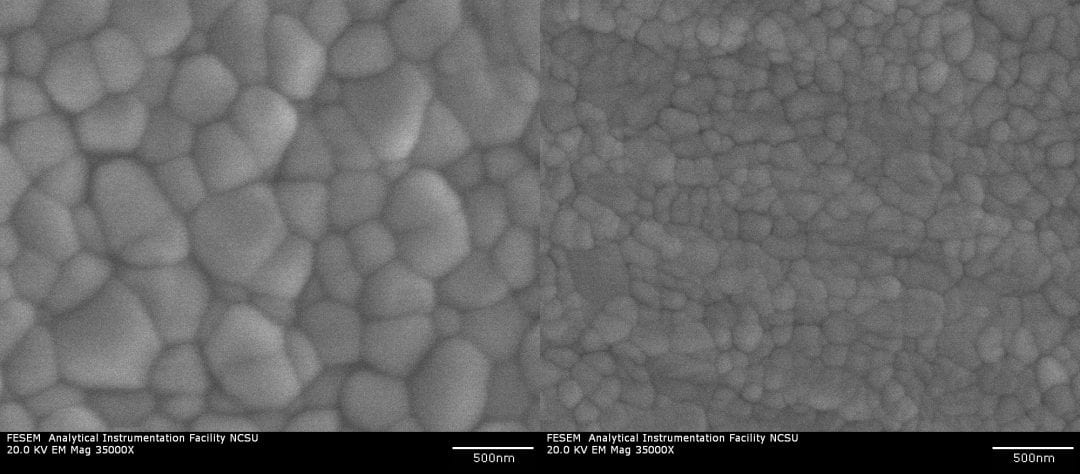

Can the application of an electric field reduce processing temperature and grain growth in ceramic sintering?

Whatever happened to curiosity-driven research aimed at the creation of fundamental knowledge without the need for immediate application?
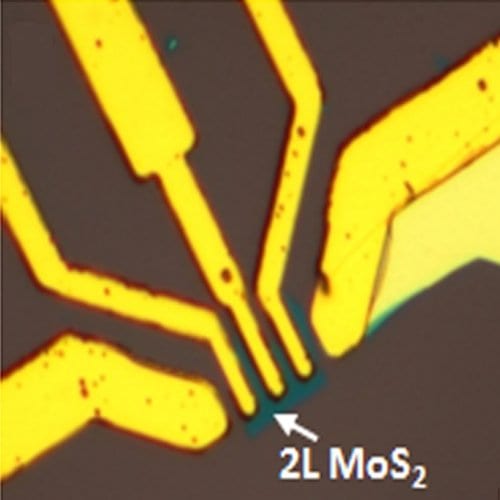
Nitric oxide detectors made of two to four layers of MoS2 incorporated into a field-effect transistor outperform a single-layered device.

Fish aren’t just for eating; their scales could also act as an excellent protective material, say a group of researchers.

Former Air Products and Chemicals senior researcher Francis Waller discusses intellectual property for today’s chemist.

Quan Li tells MaterialsViews about his work on semiconductors and liquid crystals.
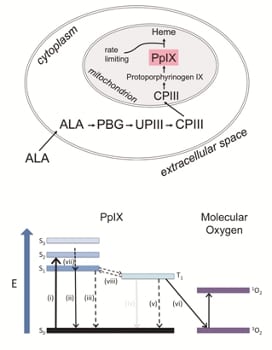
For measuring mitochondrial oxygen pressure clinically, just apply a cream on the skin.
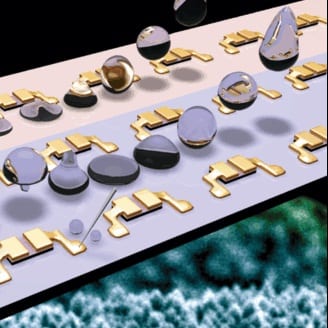
The development of nanostructured ZnO components for devices could lead to inherently waterproof electronic devices.
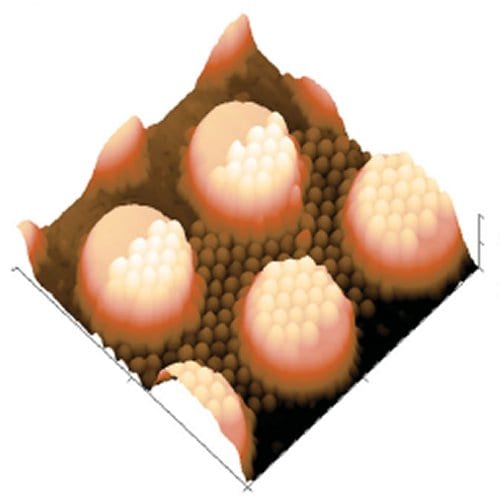
Nanosized features can easily be printed accurately onto an already patterned surface, using a new technique called nanoimprinting by melt processing.
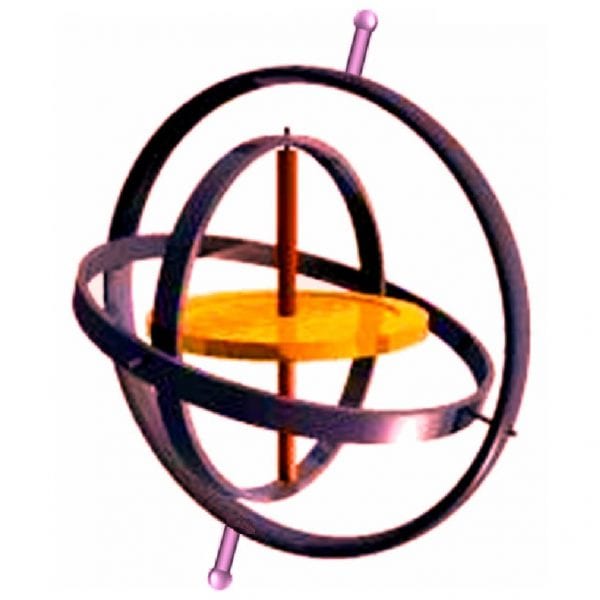
Specialized materials that do not change their volume with alteration of temperature may now be easier to produce, thanks to work into the mechanism of such behavior in antiperovskite manganese nitrides.